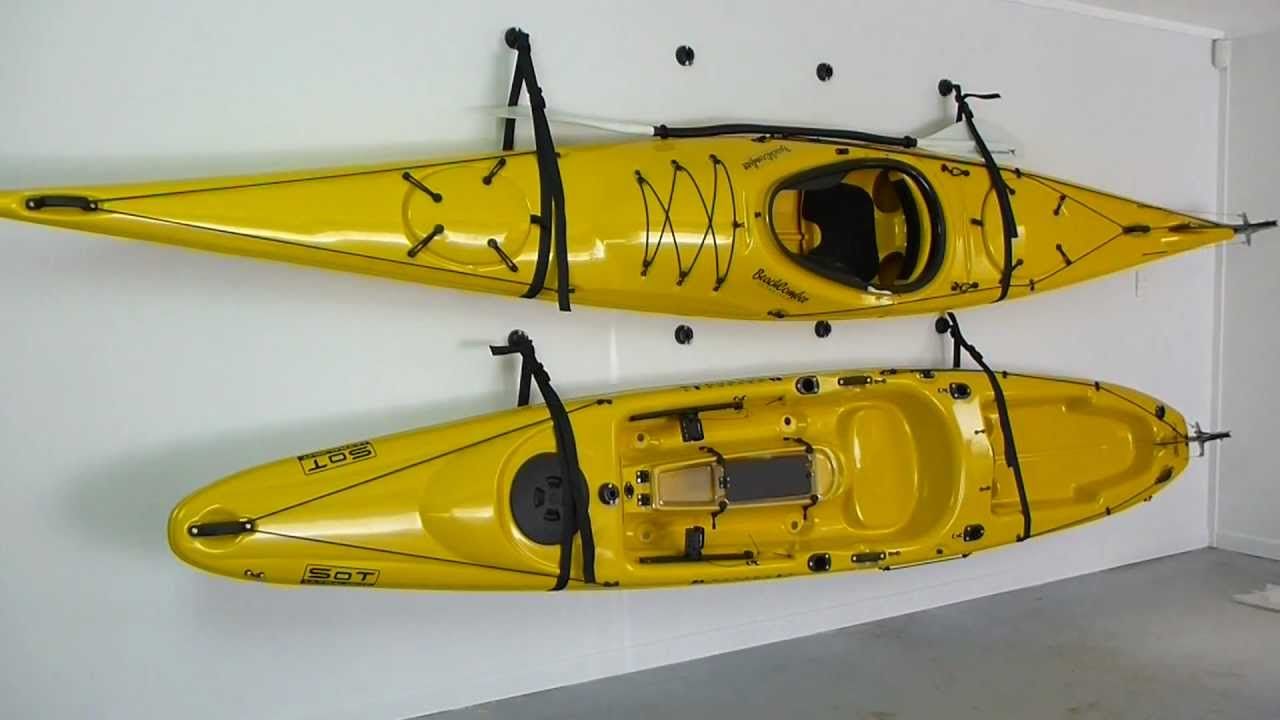

Articles
How To Store A Kayak
Modified: January 7, 2024
Learn the best techniques to store your kayak safely using these helpful articles. Keep your kayak protected and in great condition for your next adventure.
(Many of the links in this article redirect to a specific reviewed product. Your purchase of these products through affiliate links helps to generate commission for Storables.com, at no extra cost. Learn more)
Introduction
Storing a kayak properly is essential for prolonging its lifespan and ensuring that it remains in good condition. Whether you are a seasoned kayaker or a beginner, knowing how to store your kayak is crucial to prevent damage caused by weather elements, pests, or improper handling. This article will guide you through the process of storing your kayak correctly, from choosing the right storage location to maintenance tips.
When it comes to kayak storage, there are various options to consider depending on the available space and personal preferences. The ultimate goal is to protect the kayak from potential damage while keeping it easily accessible for future adventures. By following the steps outlined in this article, you can ensure that your kayak is stored safely and ready for your next paddling excursion.
Key Takeaways:
- Properly storing and maintaining your kayak is crucial for its longevity and performance. Follow these guidelines to protect your kayak from damage and ensure it’s ready for countless memorable adventures on the water.
- Choosing the right storage location, cleaning and drying your kayak, and performing regular maintenance are essential for preserving its condition and extending its lifespan. By implementing these strategies, you can enjoy your kayak for years to come.
Read more: How To Store Kayak
Choosing the Right Storage Location
When selecting a storage location for your kayak, it’s crucial to consider factors such as space availability, accessibility, and protection from the elements. Here are a few key points to keep in mind:
- Indoor vs. Outdoor: Storing your kayak indoors is ideal as it offers better protection from adverse weather conditions such as extreme heat, cold, or prolonged exposure to sunlight. If indoor storage is not an option, choose an outdoor location that offers some level of protection, such as under a covered patio or in a shed.
- Space Requirements: Ensure that the storage area is large enough to accommodate your kayak without any constraints. The kayak should be laid flat or suspended in a way that doesn’t put stress on its hull or create pressure points.
- Accessibility: Consider how easily you can access your kayak when choosing a storage location. Opt for a spot that allows for convenient retrieval and loading of your kayak, minimizing the risk of accidental damage during transportation.
Additionally, it’s important to keep your kayak away from sources of potential damage. Avoid storing it near sharp objects, chemicals, or heavy items that could pose a risk. If possible, choose a storage area that is free from pests such as rodents or insects, as they can cause damage to your kayak over time.
By taking the time to choose the right storage location, you can protect your kayak from unnecessary wear and tear and ensure that it remains in top condition for years to come.
Cleaning and Drying the Kayak
Before storing your kayak, it’s essential to clean it thoroughly and ensure that it is completely dry. This helps prevent the growth of mold, mildew, and other damaging elements that can compromise the integrity of the kayak. Here’s a step-by-step guide to cleaning and drying your kayak:
- Rinse: Start by rinsing the kayak with fresh water, both inside and out, to remove any debris, salt, or dirt. Use a hose or a bucket of water and a sponge to gently wash the surface of the kayak.
- Clean: For stubborn dirt or stains, use a mild soap or kayak cleaner specifically designed for this purpose. Avoid using harsh chemicals or abrasive scrubbers that can damage the kayak’s surface. Gently scrub the kayak with a soft sponge or cloth to remove any remaining grime.
- Rinse Again: After cleaning, rinse the kayak thoroughly with fresh water to remove any soap residue.
- Dry: Allow the kayak to air dry completely before storing it. If possible, prop the kayak up or place it on a kayak stand to ensure proper airflow and drying. Avoid direct sunlight, as excessive heat can cause the kayak’s material to warp or fade over time.
It’s worth noting that some materials, such as fiberglass or composite kayaks, may require additional care or specific cleaning products. Always refer to the manufacturer’s instructions or consult a professional if you are unsure about the cleaning process for your specific kayak.
By regularly cleaning and drying your kayak before storage, you can maintain its appearance, prevent damage, and ensure a longer lifespan for your beloved watercraft.
Using Rack Systems for Storage
Rack systems are an excellent option for storing kayaks, as they provide a secure and organized solution that maximizes space efficiency. Here’s a step-by-step guide on how to use rack systems for kayak storage:
- Select the Right Rack: There are various types of rack systems available, including wall-mounted racks, freestanding racks, and ceiling-mounted racks. Choose the rack system that best suits your storage space and needs.
- Install the Rack: Follow the manufacturer’s instructions to properly install the rack system. Ensure that it is securely mounted to the wall, floor, or ceiling, depending on the type of rack you’ve chosen.
- Position the Kayak: Place the kayak on the rack, making sure it is properly aligned and supported. Use foam pads or kayak cradles to protect the hull from any potential rubbing or pressure points.
- Secure the Kayak: Use straps or bungee cords to secure the kayak to the rack, preventing any movement or accidental falls. Ensure that the straps are tight enough to hold the kayak in place but not too tight to cause unnecessary stress on the kayak’s structure.
- Utilize Vertical Space: If using a wall-mounted or freestanding rack, stack multiple kayaks vertically to make the most of the available space. Make sure to place a protective barrier between kayaks to prevent scratches or damages.
Rack systems offer the advantage of keeping your kayak off the ground, reducing the risk of damage caused by moisture, pests, or accidental bumps. They also make it easier to access and retrieve your kayak whenever you’re ready for your next adventure.
Remember to periodically check the rack system for any signs of wear or looseness, and make any necessary adjustments or repairs as needed to ensure continued stability and safety.
By utilizing rack systems for kayak storage, you can keep your kayaks organized, protected, and ready to hit the water whenever the mood strikes.
Storing the Kayak Suspended from the Ceiling
Suspending your kayak from the ceiling is an excellent storage option, especially if you have limited floor space. Here’s a step-by-step guide on how to store your kayak suspended from the ceiling:
- Choose a Strong Ceiling Location: Identify a sturdy area of your ceiling that can support the weight of your kayak. Ideally, it should be a location with enough clearance and away from any obstacles.
- Install the Ceiling Hooks: Install heavy-duty ceiling hooks or brackets into the ceiling joists, ensuring they are securely fastened. If you’re unsure about the installation process, it’s advisable to consult a professional or handyman.
- Attach Straps or Webbing: Connect straps or webbing to the ceiling hooks, making sure they are tightly secured. It’s recommended to use straps specifically designed for kayak storage, as they provide the necessary durability and support.
- Prepare the Kayak: Place foam pads or kayak cradles on the straps to protect the kayak’s hull. This helps prevent any damage or indentations caused by the suspension.
- Suspend the Kayak: Carefully lift the kayak and suspend it from the straps, ensuring it hangs evenly and securely. Take your time to adjust the straps and make sure the kayak is balanced and centered on the hooks.
Remember to periodically check the straps, hooks, and kayak for any signs of wear or damage. Replace any worn straps or damaged hardware to maintain the integrity of the storage setup.
Storing your kayak suspended from the ceiling not only saves space but also provides an aesthetically pleasing display. It’s important to mention that this method may not be suitable for extremely heavy or long kayaks, as they may put strain on the ceiling structure.
By utilizing this storage method, you can keep your kayak safely out of the way while simultaneously showcasing it as a piece of functional art.
When storing a kayak, it’s important to keep it off the ground to prevent warping. Use a kayak rack or hoist to store it vertically or horizontally. Cover it with a tarp to protect it from the elements.
Read more: How To Store Kayak In Apartment
Storing the Kayak on Its Side
Storing your kayak on its side is a popular and efficient method that saves space and minimizes the risk of warping or damage. Here’s a step-by-step guide on how to store your kayak on its side:
- Choose a Flat Surface: Find a flat and stable surface, such as a garage floor or kayak storage rack, to place your kayak on its side. Make sure the surface is clean and free of any sharp objects or debris.
- Position the Kayak: Carefully position the kayak on its side, ensuring that it is stable and balanced. The kayak’s keel should be facing up, with the cockpit or the open side facing outward.
- Use Support: To prevent any unnecessary stress on the kayak’s hull, use foam pads, pool noodles, or kayak cradles to provide support. Place these supportive materials along the length of the kayak to evenly distribute the weight.
- Secure the Kayak: Use straps or bungee cords to secure the kayak to the storage rack or any nearby support structure. This provides extra stability and prevents the kayak from accidentally falling or shifting.
Storing your kayak on its side is beneficial as it helps maintain the kayak’s shape and minimizes the risk of damage caused by pressure points. Additionally, it allows for easy access and retrieval when you’re ready to hit the water.
It’s important to periodically inspect the storage area and straps for any signs of wear or damage. Replace any worn or damaged straps to ensure that the kayak remains securely stored.
By storing your kayak on its side, you can optimize space while keeping your kayak safe and ready for your next adventure.
Covering and Protecting the Kayak
Properly covering and protecting your kayak is essential for safeguarding it from the elements and potential damage. Here are some key steps to follow:
- Use a Kayak Cover: Invest in a high-quality kayak cover specifically designed to fit your kayak model. A cover provides protection against UV rays, dust, dirt, and moisture, keeping your kayak in pristine condition.
- Secure the Cover: Ensure that the kayak cover is securely fastened and tight to prevent it from blowing away or shifting during strong winds. Use straps or buckles, if provided, to secure it in place.
- Choose a Weatherproof Storage Area: If storing your kayak outdoors, select a location that offers some level of protection from the elements, such as under a covered patio, in a shed, or using a specially designed kayak storage tent.
- Avoid Direct Sunlight: Prolonged exposure to direct sunlight can cause fading, warping, or damage to the kayak’s material. Whenever possible, store your kayak in a shaded area or use a cover that offers UV protection.
- Keep it Elevated: If storing your kayak on the ground, use a kayak stand or foam blocks to keep it elevated. This helps prevent moisture buildup and potential damage from contact with the ground.
- Regularly Check for Damage: Regularly inspect your kayak for any signs of damage or wear, even when it’s covered. Look out for cracks, dents, or areas that may need repair. Address any issues promptly to prevent further damage.
By covering and protecting your kayak, you can extend its lifespan and maintain its overall condition. Remember to regularly clean and dry the kayak before covering it to prevent any mildew or mold growth.
It’s worth noting that while a cover provides excellent protection, it’s still advisable to periodically inspect and clean your kayak even when it’s stored. This ensures that any potential issues are identified and addressed in a timely manner.
By incorporating these protective measures, you can keep your kayak in top-notch condition, ready for your next paddling adventure.
Regular Maintenance Tips
To keep your kayak in optimal condition, it’s important to perform regular maintenance. Here are some essential maintenance tips to follow:
- Inspect for Damage: Regularly inspect your kayak for any signs of damage, including cracks, dents, or leaks. Address any issues promptly to prevent further deterioration.
- Repair Damage: If you notice any damage during your inspection, repair it using appropriate materials and techniques recommended by the kayak manufacturer. Seek professional assistance if needed.
- Clean After Each Use: Rinse your kayak with fresh water after every use to remove any salt, sand, or debris that may have accumulated. This helps prevent corrosion and keeps the kayak looking its best.
- Store in a Dry Environment: Properly store your kayak in a dry environment, away from direct sunlight and excessive humidity. This helps preserve the kayak’s material and prevents mold or mildew growth.
- Check and Tighten Hardware: Regularly inspect and tighten any loose hardware, such as screws, bolts, or rudder mechanisms. Loose hardware can lead to instability or potential damage during use.
- Protect Against UV Rays: Apply a UV protectant spray or wax designed specifically for kayaks to shield the hull from prolonged sun exposure. This helps prevent fading, cracking, or degradation of the kayak’s material.
- Inspect Seals and Hatches: Check the integrity of all seals and hatches to ensure they are intact and watertight. Replace any worn or damaged seals to prevent water from entering the kayak.
- Check and Inflate Air Chambers: If your kayak has inflatable air chambers, regularly check them for proper inflation and any signs of leaks. Inflate them to the recommended pressure before each use.
By following these regular maintenance tips, you can prolong the life of your kayak and ensure optimal performance on the water. It’s also beneficial to refer to the manufacturer’s specific maintenance guidelines for your kayak model.
Remember, prevention is key to avoiding costly repairs or premature kayak replacement. By investing time and effort into regular maintenance, you’ll enjoy many more adventures with your kayak.
Conclusion
Properly storing and maintaining your kayak is essential to ensure its longevity and performance. By following the guidelines outlined in this article, you can store your kayak with confidence, knowing that it is protected from damage caused by the elements, pests, or improper handling.
Choosing the right storage location, cleaning and drying your kayak, utilizing rack systems or suspending it from the ceiling, and storing it on its side are all effective methods to maximize space and minimize the risk of damage. Additionally, covering and protecting your kayak from the elements, performing regular maintenance, and checking for damage play crucial roles in preserving its condition and extending its lifespan.
Remember to always refer to the manufacturer’s guidelines for your specific kayak model and material, as different kayaks may have specific storage and maintenance requirements. Regular inspections, repairs, and cleaning after each use are essential practices to keep your kayak in top-notch condition.
By implementing these storage and maintenance strategies, you can enjoy your kayak for years to come and embark on countless memorable adventures on the water.
So go ahead, store your kayak properly, take care of it, and get ready to paddle out into the great outdoors!
Frequently Asked Questions about How To Store A Kayak
Was this page helpful?
At Storables.com, we guarantee accurate and reliable information. Our content, validated by Expert Board Contributors, is crafted following stringent Editorial Policies. We're committed to providing you with well-researched, expert-backed insights for all your informational needs.
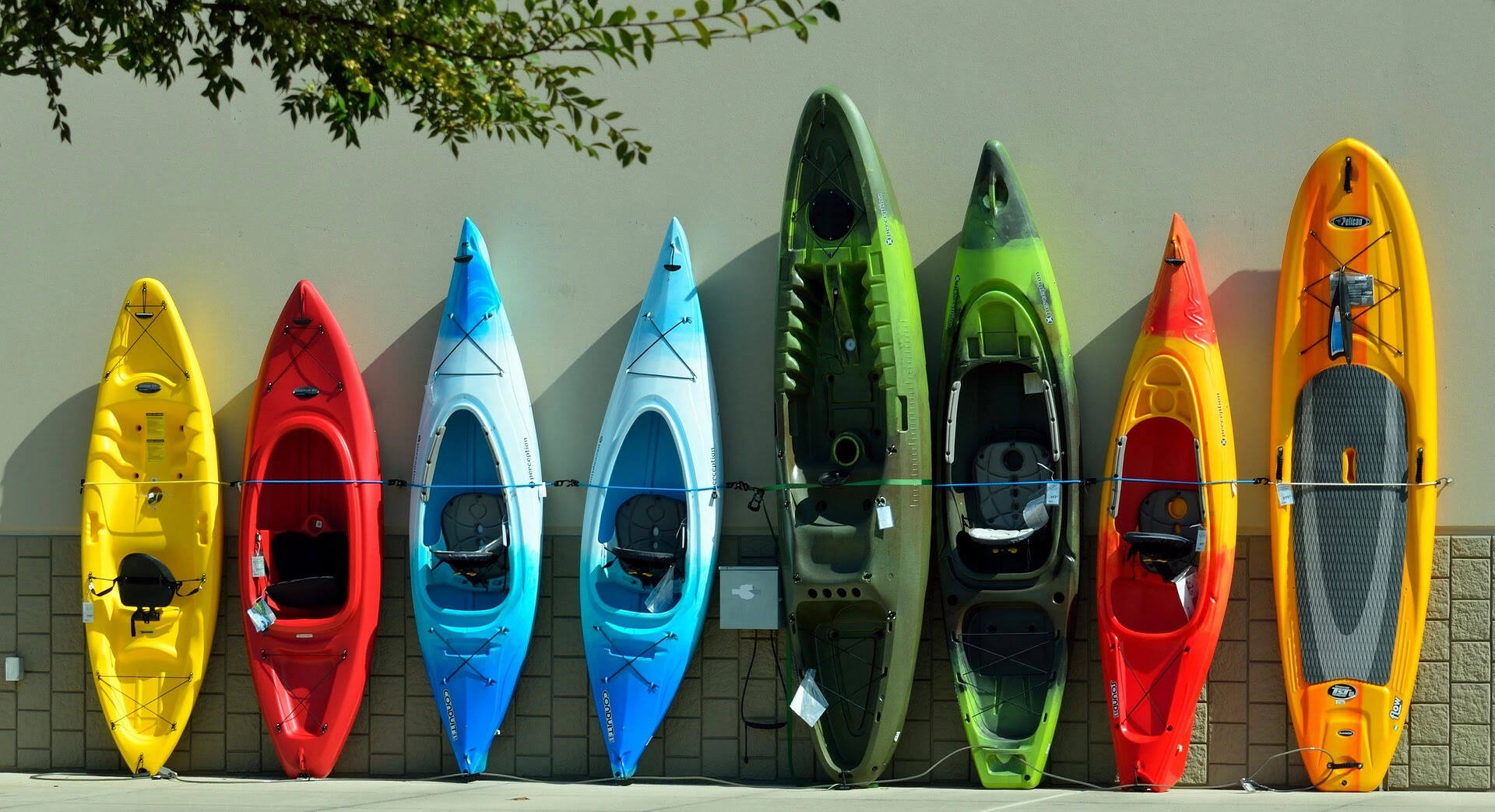
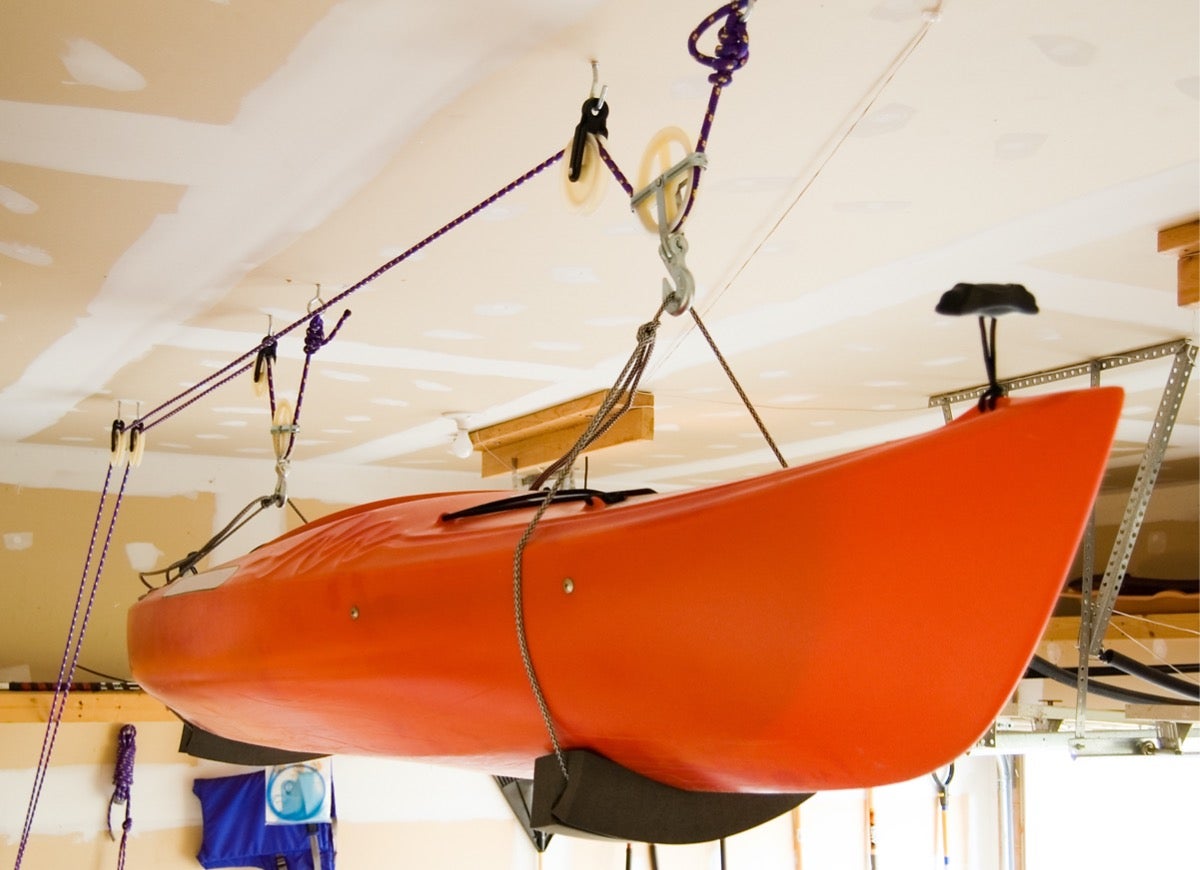
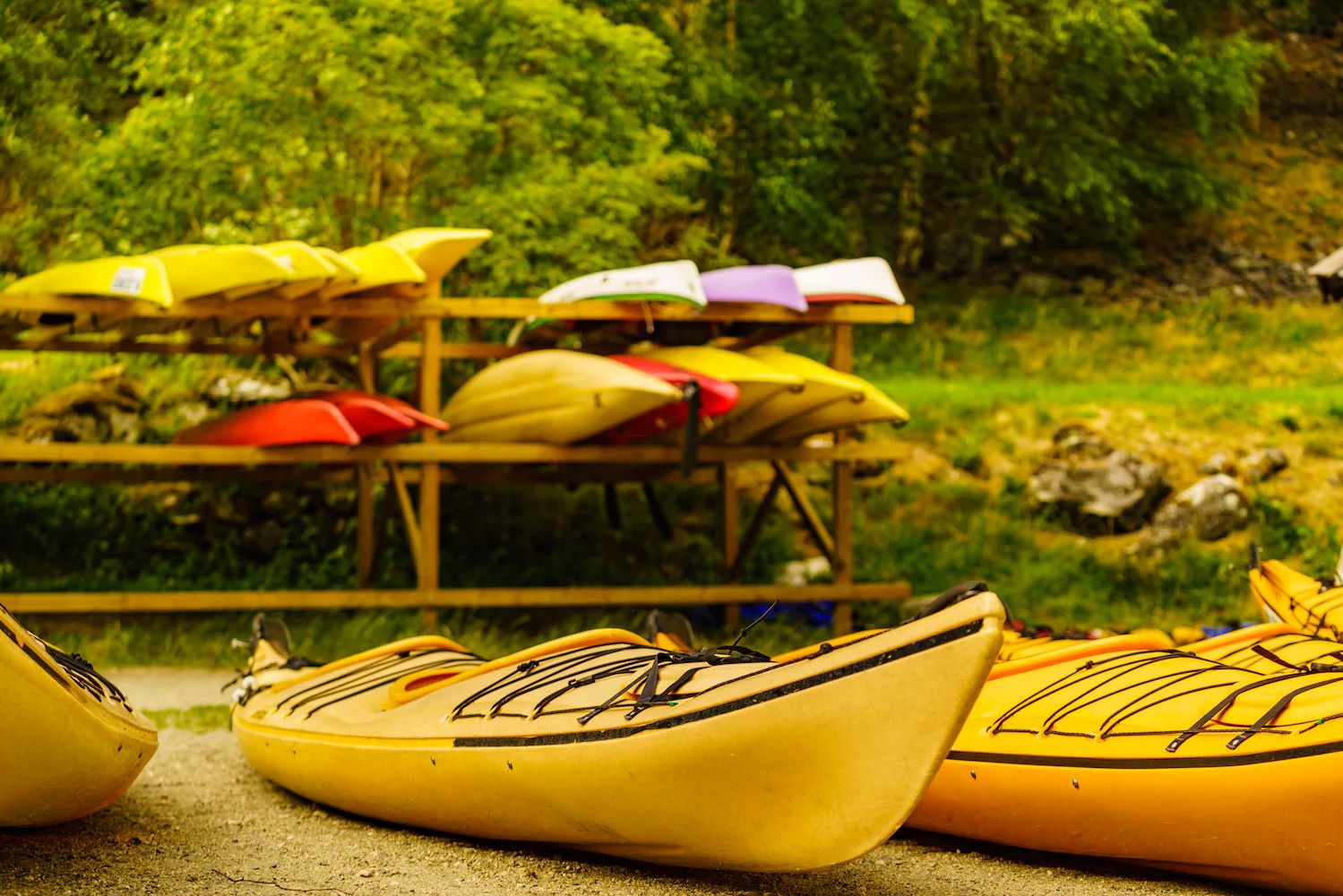

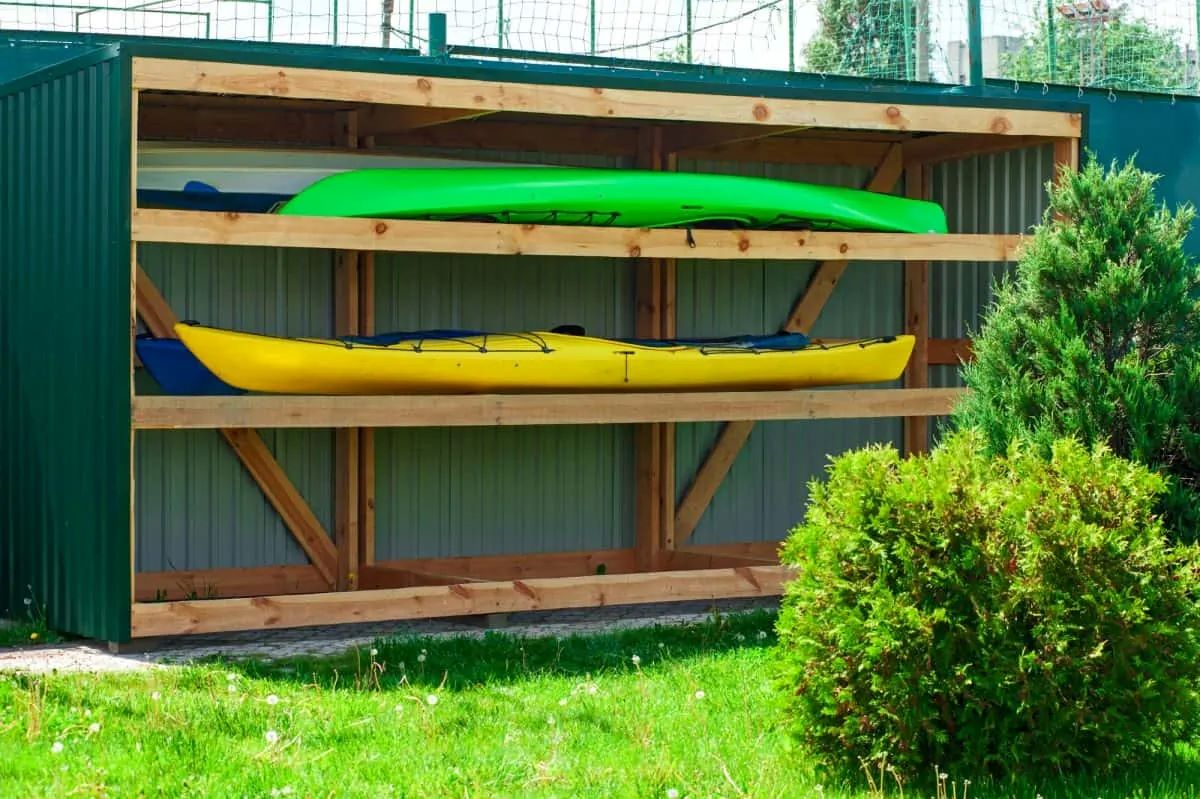
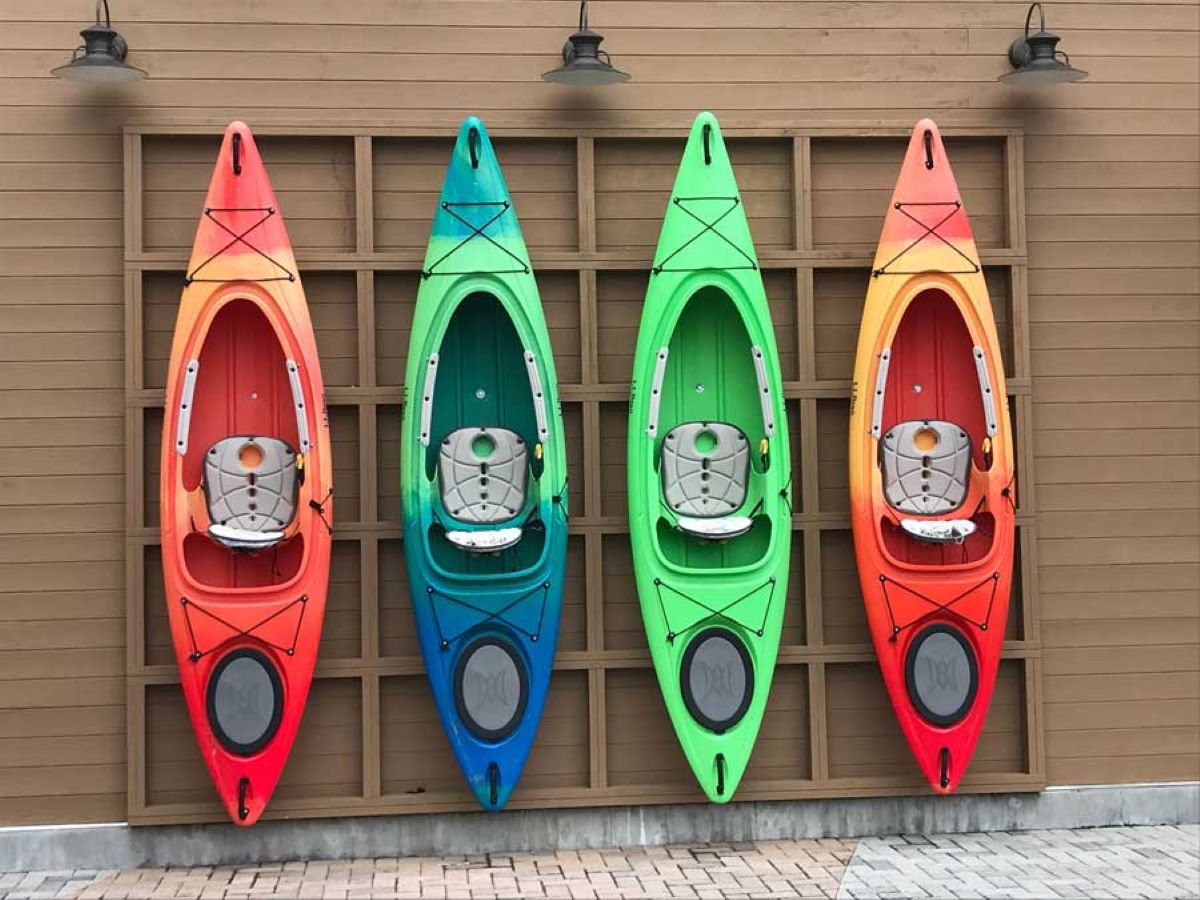
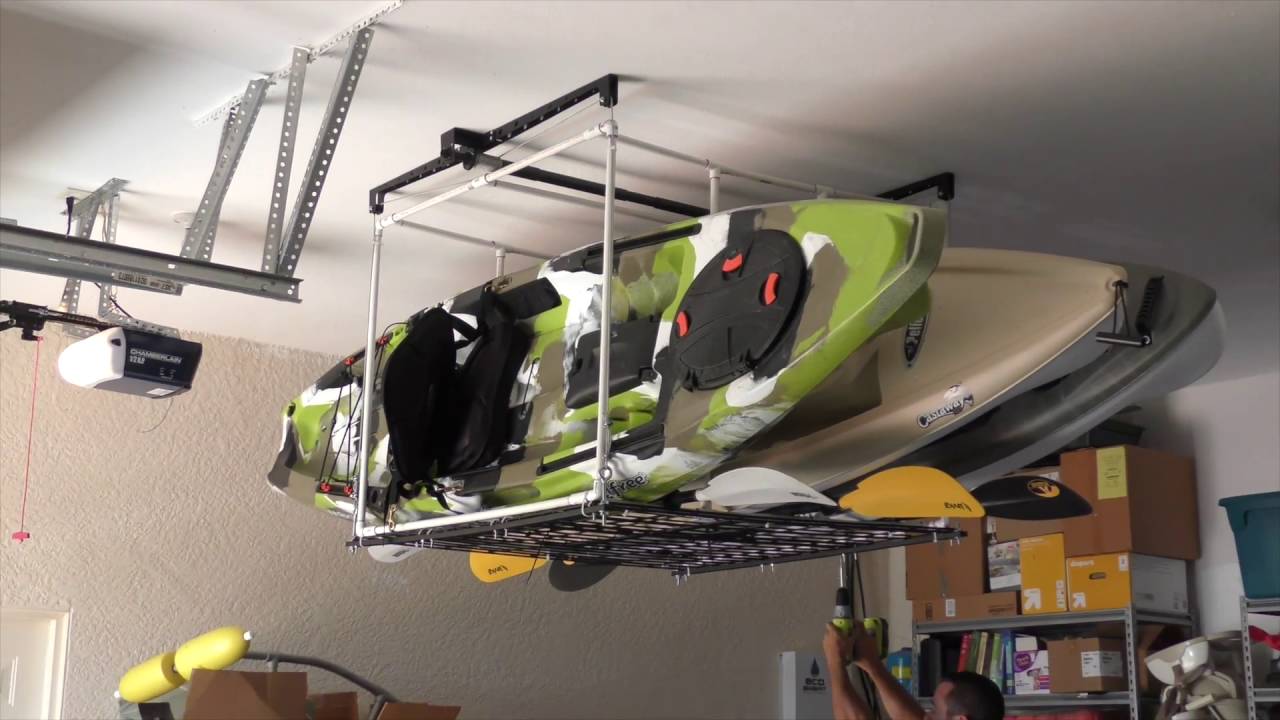
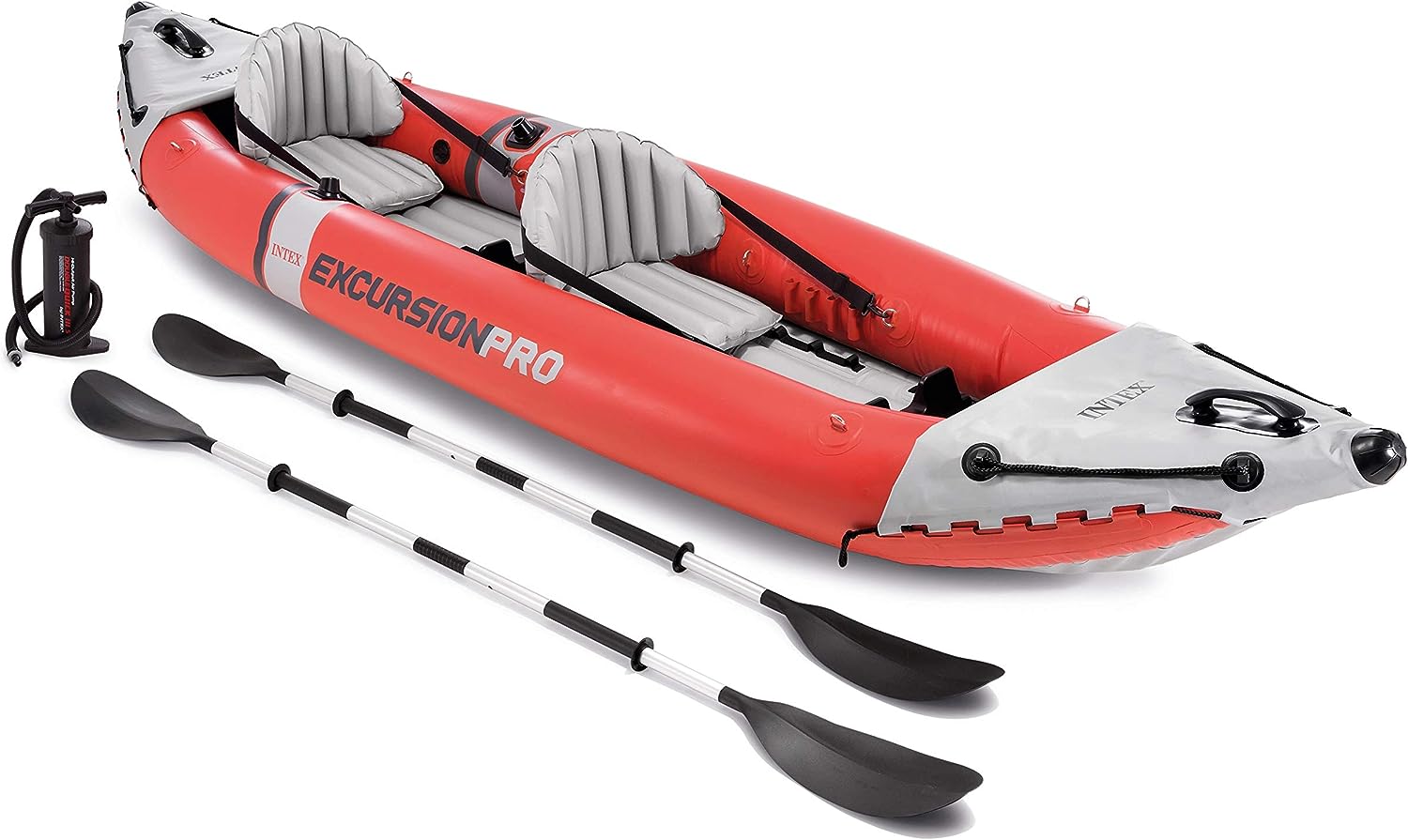
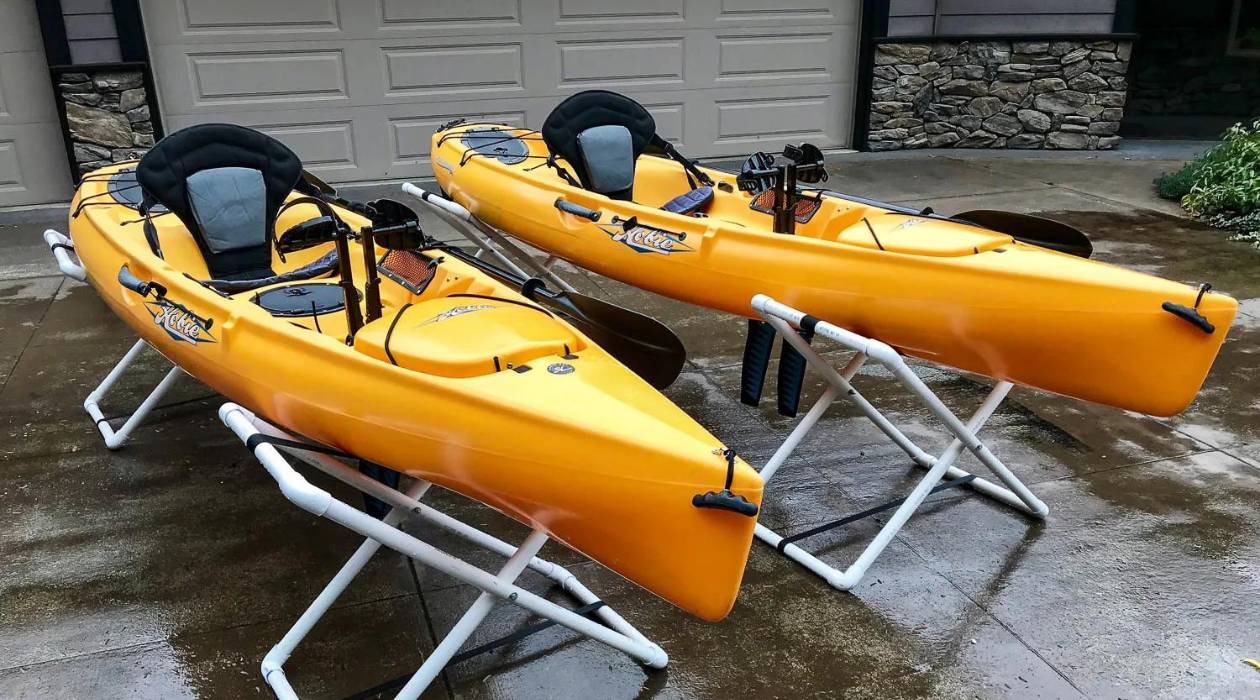
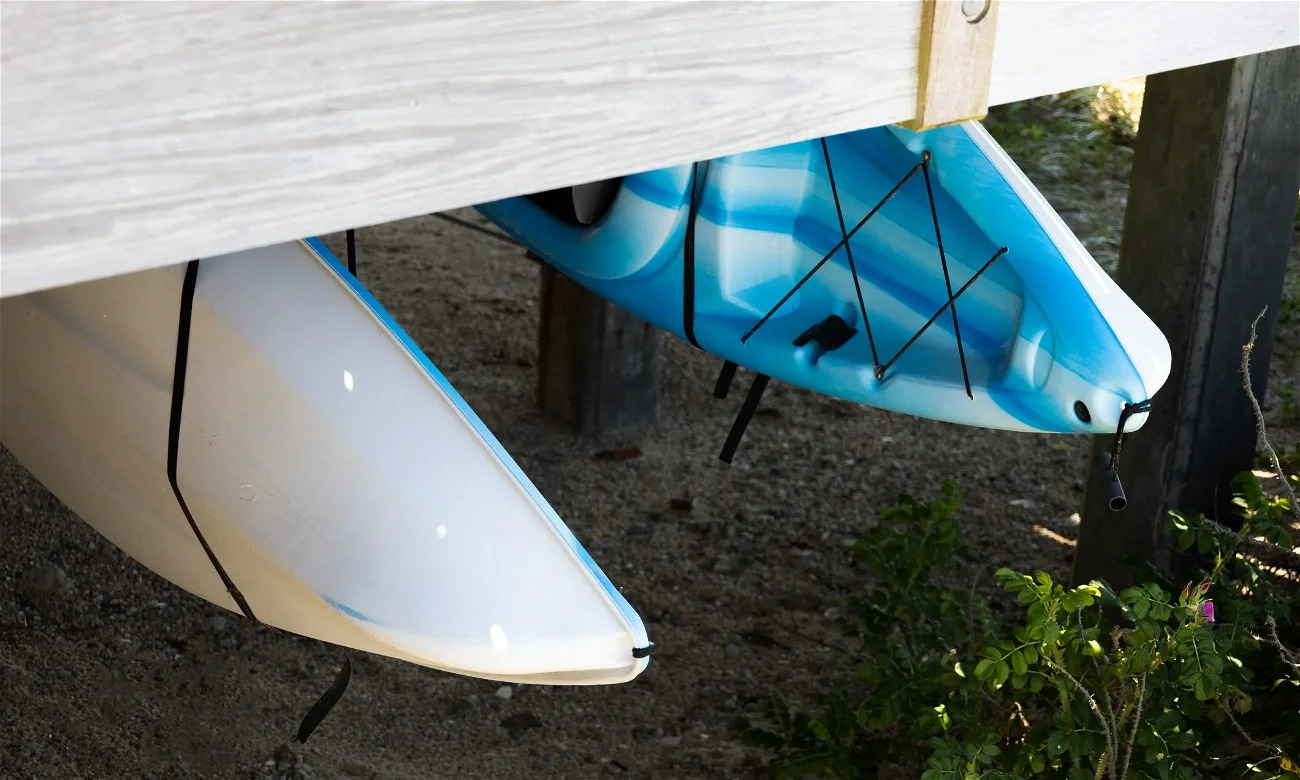
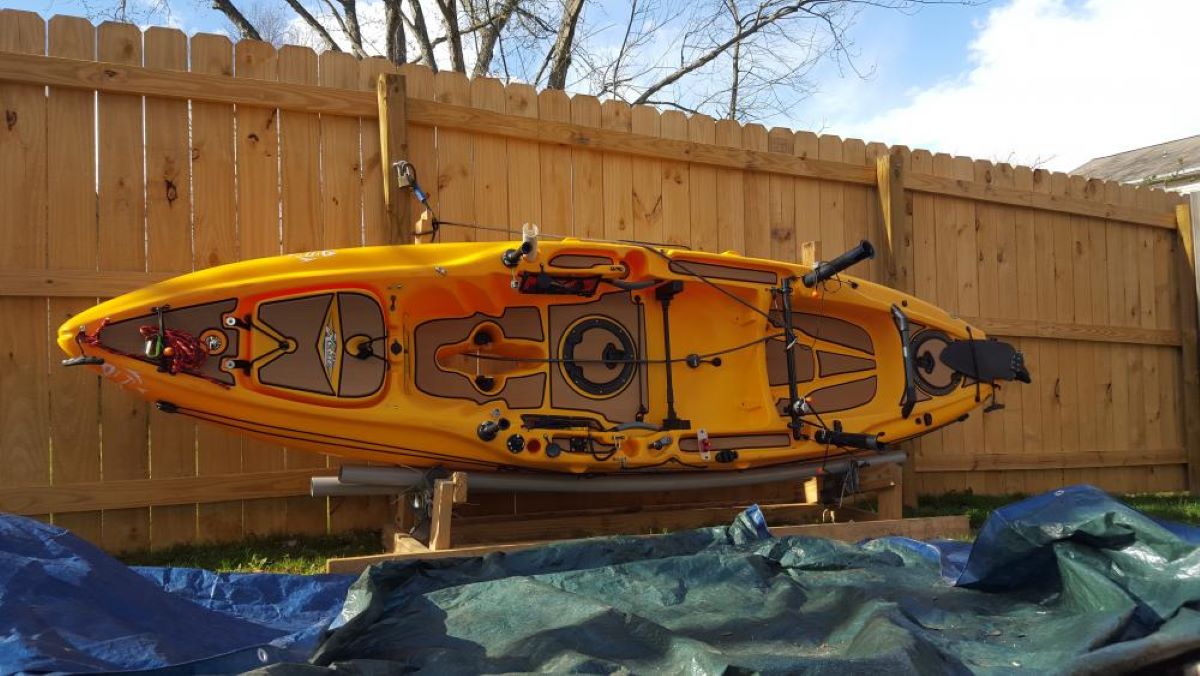
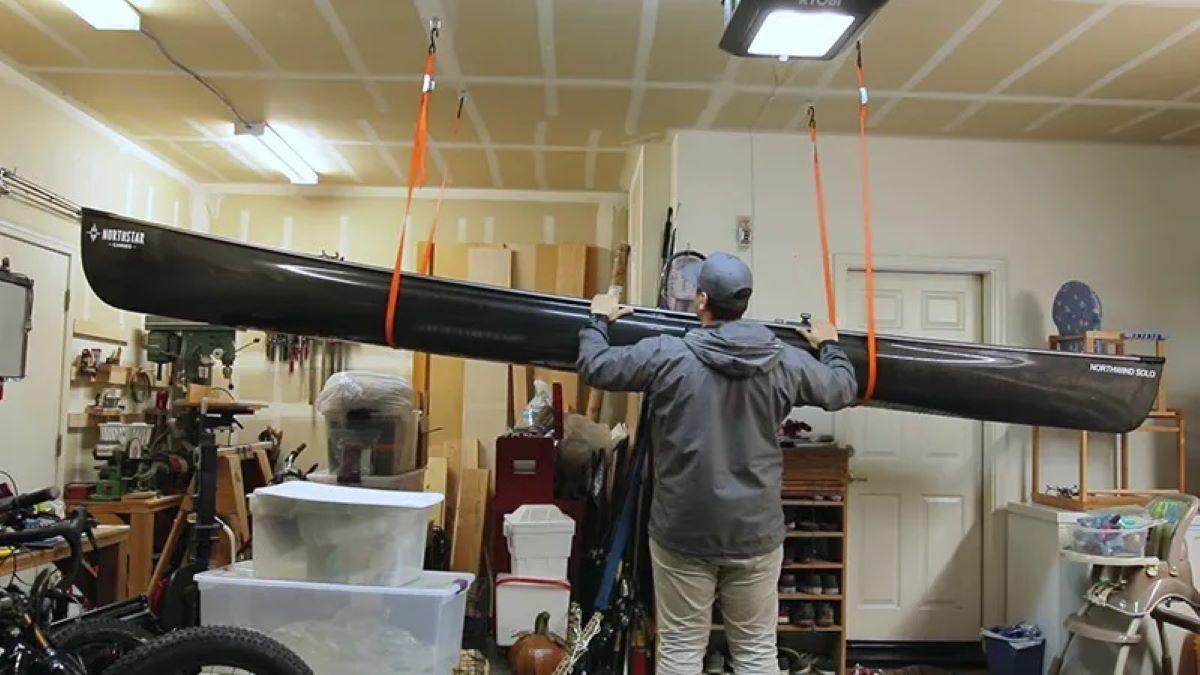
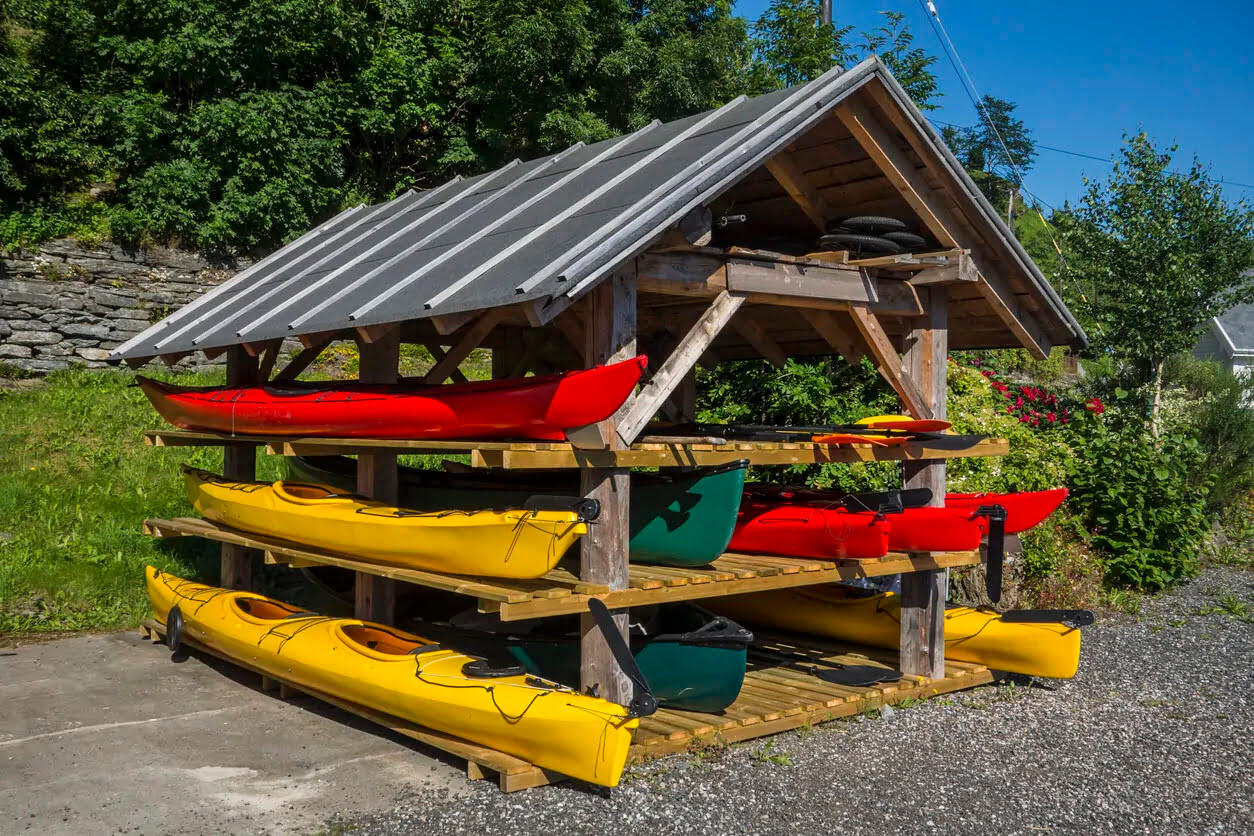
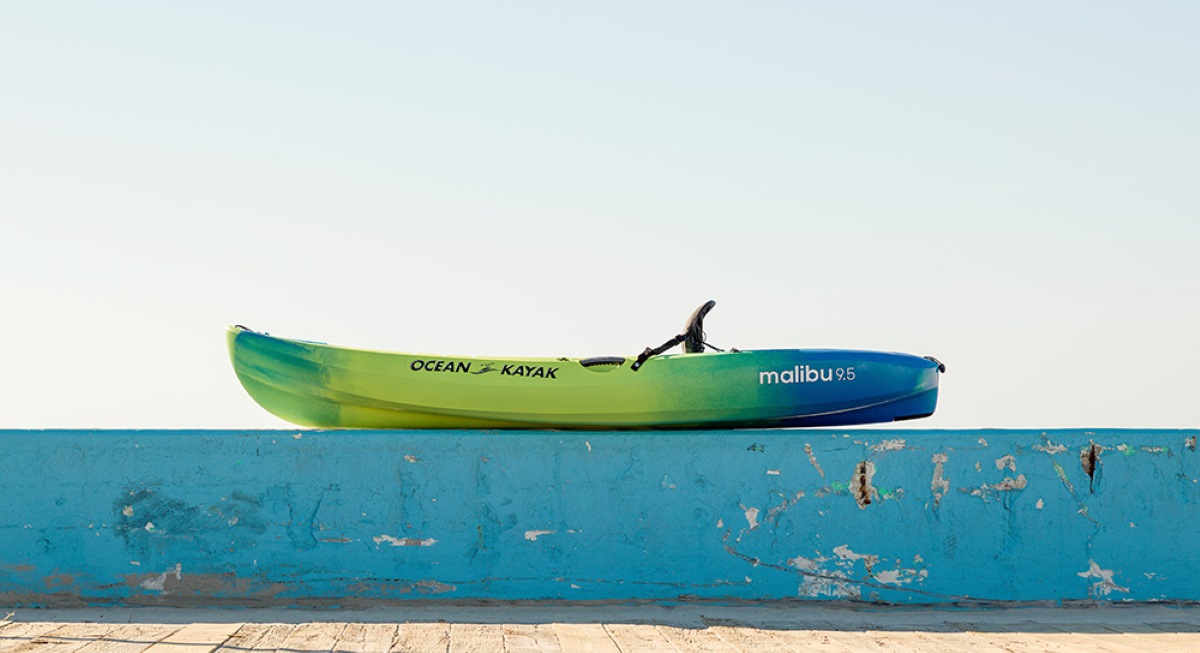

0 thoughts on “How To Store A Kayak”